The traditional tarot deck contains a variety of distinctive spiritual archetypes. Cards One and Two are the Magician and the High Priestess. They function as a pair in powerful connection to one another. In contemporary Jewish spirituality, this balance exists as well, as new kinds of spiritual leadership come to represent the gifts of this dynamic pair.
Card two, the High Priestess, represents wisdom, intuition, initiation. She guards the passage into one’s own deeper consciousness and is a guide to other worlds. She is the guardian of ceremonies that open gateways to new versions of the self. She can also represent the sacred feminine as it manifests in the symbolic life of all peoples. In some ways, her arts have been lost. Those who are trying to reclaim her mysteries are, like her, called priestess. Some of us in the Jewish community use the Hebrew translation of this word, kohenet, to describe this role of sacred facilitator of life’s birth-passages. The shaman plays a similar role, honoring the larger rhythms of nature/spirit and guiding others through changes in self-understanding.
Card one, the Magician, represents exploration and creativity: the combining of powerful elements to create something new. In the Jewish Renewal tradition, this archetype is linked to the darshan: the seeker, the midrash-maker, the one who delves into the Torah and finds new insights. These insights are not only ideas or imaginings—they have real impact on the life of the community. The darshan, like Rabbi Akiva of the Talmud, can take the crowns of the Torah letters, or the blank spaces on the biblical page, and use them to find contemporary meaning. A darshan can work in the medium of words, art, music, or other creative expression, interpreting the flow of sacred text in ways that embody the moment.
There is a card in the tarot before either the High Priestess or the Magician, however: the zero card, known as the Fool. The Fool represents beginning, adventure, potential. We see the Fool often in Chassidic stories: the seemingly ignorant, lost, or poverty-stricken character who nevertheless holds the key to life, and wins the day through innocence and good intentions. The maggid or storyteller, as well as the chanter or devotional singer, bring the energy of the Fool to spiritual community. Both the darshan or interpreter, and the kohen/et or ritual guide, need to be open to the courage and risk-taking of the Fool in order to truly be spiritually creative.
Shir Yaakov Feit and Eden Pearlstein — founders of the Darshan Project — bring us the gifts of the Magician coupled with the joy and courage of the Fool. They are sensitive as well to the deep rhythms of the sacred that are guarded by the High Priestess. As a kohenet and fellow-traveler on the journey of spirit, I look forward to being transformed by this new music.
—Rabbi Jill Hammer, co-founder of The Kohenet Institute, kohenet.org




